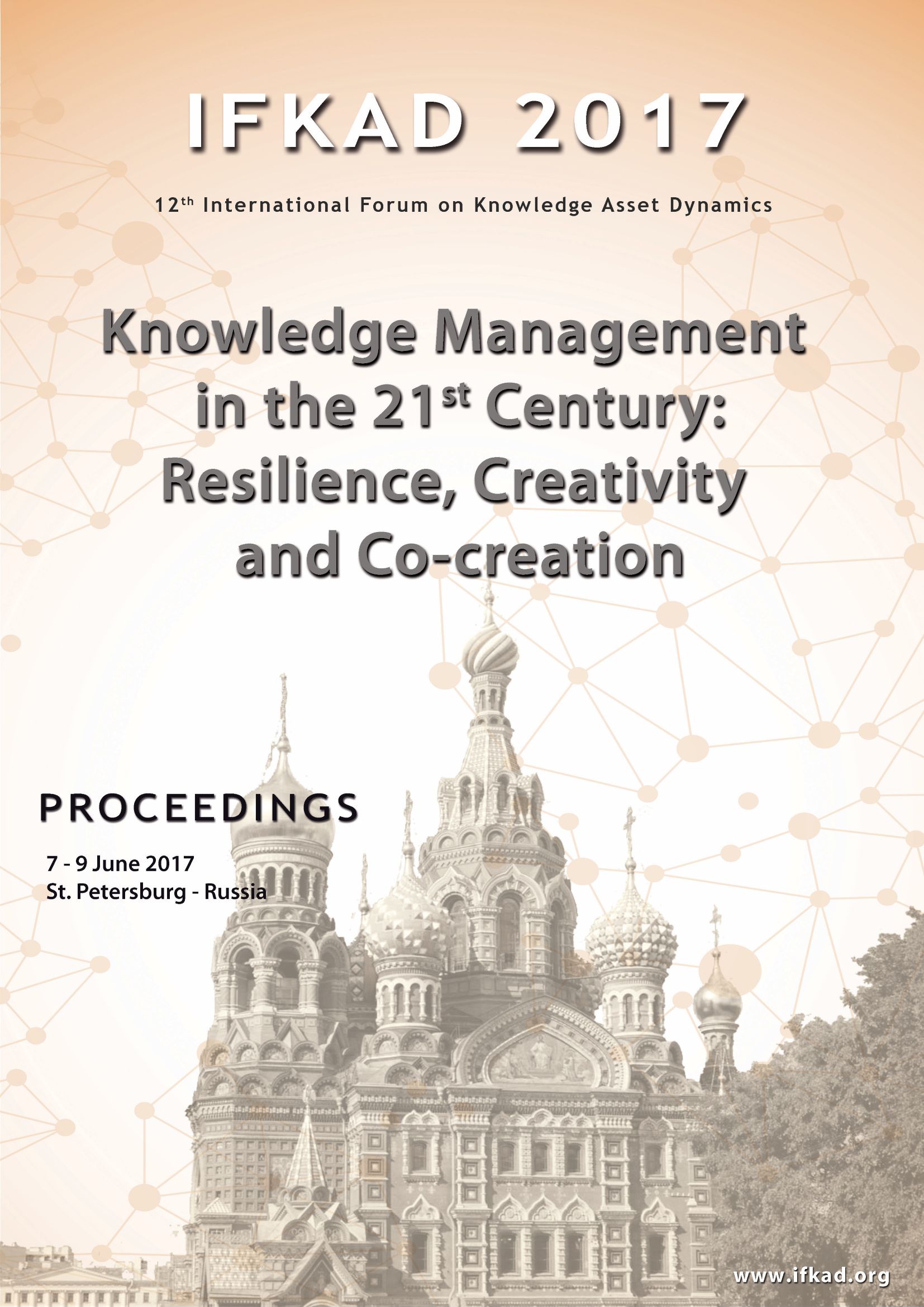The presentation describes of IBM approach to creation of cognitive tools solving life tasks and creating new value. The cloud and cognitive technologies are important part of company’s strategy called CAMSS (Clouds, Analytics, Mobile, Social and security) aimed at transition of IT businesses to Web 3.0. The main audience of this presentation is faculty and university students. In the educational purposes, the experience of students Hackathons on design of cognitive applications IBM Watson run in Moscow and St. Petersburg in 2014-2015 used in design process.


